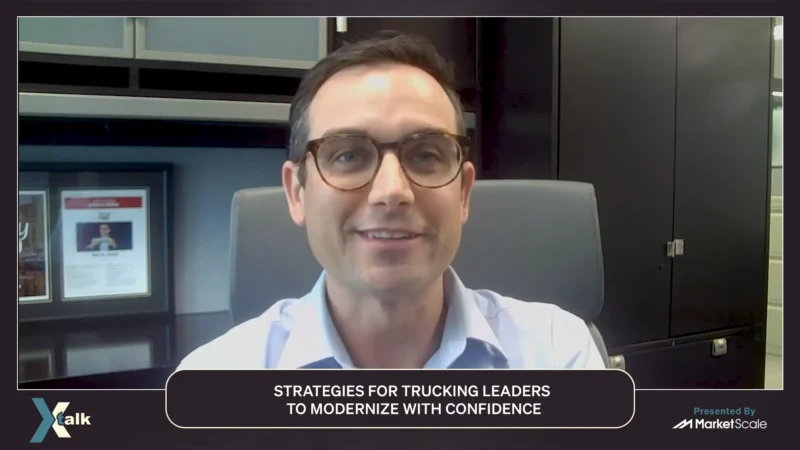How to Improve the Carrier Selection Process
Choosing the right carrier for transporting goods can be tricky, but it is now a much easier task thanks to Carrier Assure, a new software platform created by CEO Cassandra Gaines. Using her experience as a “trucking attorney” in the transportation industry, Gaines created Carrier Assure to provide shippers and brokers with a new and improved way to choose who is best for transporting their goods.
“[W]hat this software does is it provides shipper, and the brokers, a score,” Gaines says. Acting much like a credit score, the software allows shippers and brokers to look over all of the data—including tracking data—and determine whether the carrier is appropriate for the shipment before selecting one.
While the platform exists to let shippers and brokers see the scores of carriers, Gaines wants carriers to do the same with shippers and brokers in the future. “I want it to be a credit score for the entire industry,” Gaines says. “So, one day…[carriers] will have a score on brokers and shippers.”
Gaines also provided useful advice to carriers regarding “double brokering,” which happens when the DOT and MC number changes. Since the DOT and MC number cannot change during shipment, this is something that tends to happen accidentally. “[I]f it happens and the customer finds out, they will report you to all the softwares—including mine—and you will lose so much business.”
Carrier Assure’s website provides more information regarding double brokering in the “Report Carriers” FAQ page. She additionally recommended that carriers sign up for a one-week trial on the website so they can see their and others’ scores.




